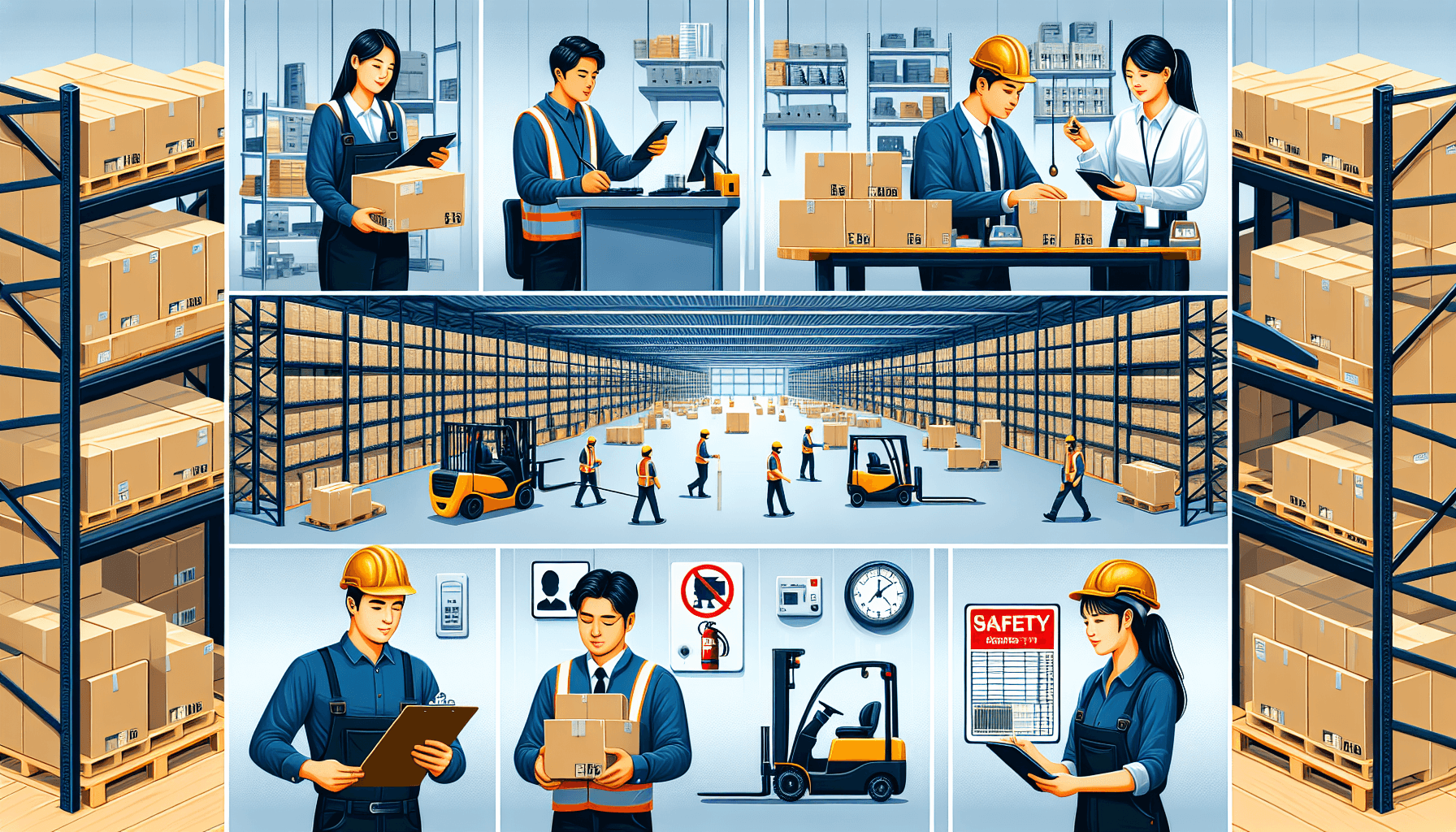In today’s fast-paced and dynamic world, safety should always be a top priority in any working environment. This holds especially true for warehouses, where employees are often exposed to various hazards and potential risks on a daily basis. Implementing effective safety measures and continuously evaluating and improving warehouse safety practices are paramount to ensuring the well-being of the workforce. In this article, we will explore the benefits of continuous improvement in warehouse safety evaluations and how it can contribute to a safer and more efficient workplace.
The Importance of Warehouse Safety Evaluations
Warehouse safety evaluations play a crucial role in identifying potential hazards, assessing risks, and implementing necessary control measures. These evaluations involve a comprehensive analysis of the warehouse’s physical layout, equipment, processes, and employee behavior. By conducting regular safety evaluations, organizations can proactively identify potential hazards and implement measures to mitigate risks before accidents occur.
Some of the main reasons why warehouse safety evaluations are essential include:
- Preventing accidents and injuries: Accidents and injuries can result in significant personal and financial consequences for both employees and employers. Regular safety evaluations help identify potential hazards and take proactive measures to eliminate or minimize them, reducing the risk of accidents and injuries.
- Compliance with regulations: Warehouses are subject to various safety regulations and standards. Conducting regular safety evaluations ensures that the warehouse remains compliant with these regulations, avoiding fines and penalties.
- Enhancing employee morale and satisfaction: When employees feel safe and secure in their workplace, their morale and job satisfaction improve. Regular safety evaluations demonstrate a commitment to employee well-being, resulting in higher levels of employee engagement and productivity.
- Reducing downtime: Accidents and injuries can disrupt operations and lead to costly downtime. By identifying and addressing safety hazards through continuous evaluations, warehouses can minimize the risk of accidents that may cause operational delays.
The Benefits of Continuous Improvement in Warehouse Safety Evaluations
While conducting regular safety evaluations is a crucial first step, the process should not end there. Continuous improvement in warehouse safety evaluations allows organizations to refine and enhance their safety practices over time. Here are some of the key benefits of adopting a continuous improvement approach:
1. Identifying Emerging Safety Risks
Work environments and industry standards are constantly evolving. New equipment, technologies, and processes can introduce new safety risks that may not have been present during the initial safety evaluation. By maintaining a continuous improvement mindset, organizations can stay vigilant and identify emerging safety risks as they arise. This allows for timely intervention and the implementation of preventive measures to address these new risks.
2. Encouraging Employee Involvement
Engaging employees in the safety evaluation process is crucial for creating a culture of safety within the warehouse. Continuous improvement initiatives provide opportunities for employees to actively participate by sharing their insights, observations, and suggestions for improving safety. This involvement enhances employee engagement and ownership of safety practices, leading to a more proactive and safety-conscious workforce.
Click here to learn more about warehouse safety evaluations.
3. Enhancing Training and Education Programs
Continuous improvement in safety evaluations allows organizations to identify gaps in employee training and education programs. By analyzing incident reports, near misses, and safety data, warehouses can determine areas where additional training is needed, and update existing programs accordingly. This ensures that employees are equipped with the knowledge and skills necessary to perform their tasks safely and efficiently.
4. Promoting a Culture of Safety
A continuous improvement approach to warehouse safety evaluations fosters a culture of safety within the organization. When employees see that their safety is a top priority and that regular evaluations and improvements are being made, they are more likely to adopt safe work practices and look out for the welfare of their colleagues. This culture of safety becomes ingrained in the warehouse’s operations, leading to long-term safety benefits.
Conclusion
Continuous improvement in warehouse safety evaluations is an essential process for organizations aiming to create a safe and productive working environment. By not only conducting regular safety evaluations but also actively seeking out opportunities for improvement, warehouses can identify emerging risks, engage employees, enhance training programs, and promote a culture of safety. Investing in continuous improvement initiatives not only protects the well-being of employees but also contributes to increased operational efficiency and long-term success.

